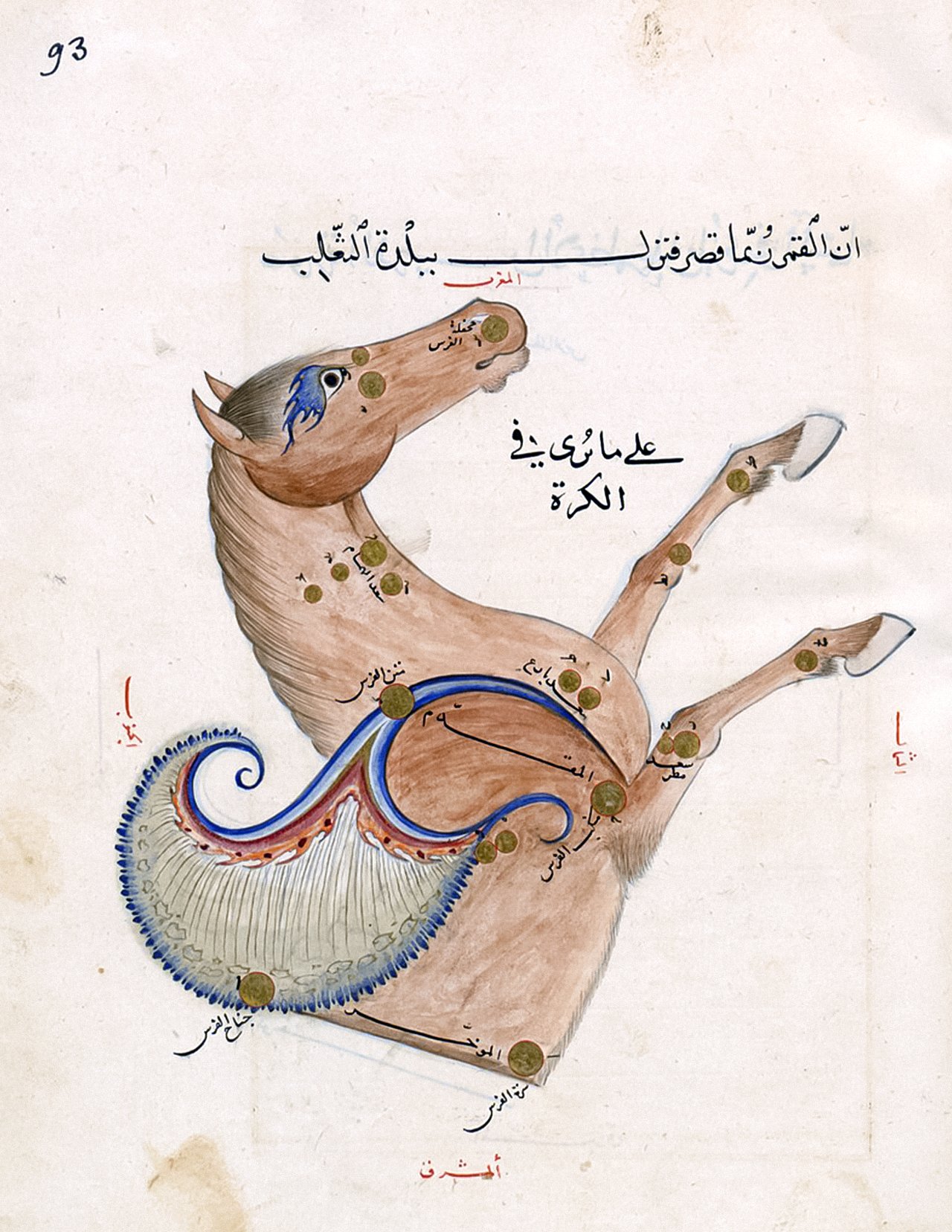- News
- Science
- Scientific Bodies
- Divisions
- Commissions
- Commission A1 Structure
- Commission A2 Structure
- Commission A3 Structure
- Commission A4 Structure
- Commission B1 Structure
- Commission B2 Structure
- Commission B3 Structure
- Commission B4 Structure
- Commission B5 Structure
- Commission B6 Structure
- Commission B7 Structure
- Commission C1 Structure
- Commission C2 Structure
- Commission C3 Structure
- Commission C4 Structure
- Commission D1 Structure
- Commission E1 Structure
- Commission E2 Structure
- Commission E3 Structure
- Commission E4 Structure
- Commission F1 Structure
- Commission F2 Structure
- Commission F3 Structure
- Commission F4 Structure
- Commission G1 Structure
- Commission G2 Structure
- Commission G3 Structure
- Commission G4 Structure
- Commission G5 Structure
- Commission H1 Structure
- Commission H2 Structure
- Commission H3 Structure
- Commission H4 Structure
- Commission J1 Structure
- Commission J2 Structure
- Commission J3 Structure
- Commission X1 Structure
- Commission X2 Structure
- Past Commission Organising Committees
- Working Groups
- Centres
- Scientific Meetings
- Rules & Guidelines
- General Assemblies
- Meeting Proposals
- Future IAU Meetings
- General Assemblies
- EC Meetings
- Officers' Meetings
- Regional Meetings
- Symposia
- Focus Meetings
- Institutional Meetings
- IAU Offices Meetings
- IAU-Sponsored Meetings
- Letters of Intent submitted for 2024
- Letters of Intent submitted for 2023
- Letters of Intent submitted for 2022
- Letters of Intent submitted for 2021
- Letters of Intent submitted for 2020
- Past IAU Meetings
- Templates
- Other Meetings
- Grants & Prizes
- Scientific Bodies
- Publications
- IAU Publications
- IAU Strategic Plan
- Symposia
- WGSBN Bulletins
- Regional Meetings
- Information Bulletins/Catalyst
- E-Newsletters
- Focus Meetings
- Transactions A
- Transactions B
- Related Publications
- GA Newspapers
- CAPjournal
- IAU Books
- Brochures
- IAU Offices
- WG Reports
- Commission Reports
- Division Reports
- Past IAU Publications
- Rules, Guidelines and Instructions for Proceedings
- Publishers
- IAU Publications
- Administration
- About the IAU
- Statutes & Rules
- IAU Policies
- IAU Executive Bodies
- IAU Secretariat
- Resolutions
- Members Administration
- Administrative Dates & Deadlines
- International Organisations Relations
- Donate to the IAU
- Training in Astronomy
- Astronomy for Education
- Astronomy for Development
- Astronomy for the Public
- Office for Astronomy Outreach
- FAQ
- Themes
- Satellite Constellations
- Astronomy in Everyday Life
- How to Report a Discovery
- Careers in Astronomy
- Defining our Place in the Cosmos
- The Constellations
- Light Pollution
- Measuring the Universe
- Near Earth Objects
- How to Participate in Astronomy Research
- Naming of Astronomical Objects
- Naming of Exoplanets
- Buying Star Names
- Naming Stars
- Pluto and the Solar System
- IAU Member Statistics
- Our Moon: the Moon
- Meteors & Meteorites: The IAU Definitions of Meteor Terms
- UNESCO-IAU Portal to the Heritage of Astronomy
- Social Media
- Past Events
- Call for Online Resources
- Astronomy@Home Awards
- Contact
The constellation Pegasus
The constellation Pegasus ("The Winged or Flying Horse") as depicted in the influential star atlas of the Persian astronomer Abd al-Rahman al-Sufi (10th cent.). In this beautifully illustrated copy, made around 1435 for the Samarkand astronomer-ruler Ulugh Beg, the constellation is shown as depicted on a celestial globe (i.e. mirrored as seen in the night sky).
The brighter stars are labelled in Arabic which accurately translate the Greek names listed in the star catalogue of Claudius Ptolemy's Almagest (2nd cent.). The four brightest stars, forming the easily recognisable "Square of Pegasus" visible in the autumn and the winter night skies, are labelled Matn al-Faras ("The Horse's Back" = Alpha Pegasi), Mankib al-Faras ("The Horse's Shoulder" = Beta Pegasi), Surrat al-Faras ("The Horse's Navel" = Alpha Andromedae) and Jinah al-Faras ("The Horse's Wing" = Gamma Pegasi).
The names for these stars in common use in recent centuries, which were recently adopted by the IAU WGSN,are Markab (Alpha Pegasi), Scheat (Beta Pegasi), Alpheratz (Alpha Andromedae), and Algenib (Gamma Pegasi).
The modern constellation Pegasus also contains the star designated 51 Pegasi, which hosts the first exoplanet discovered (in 1995) around a solar-type star. As a result of the NameExoWorld contest organized by the IAU, the star is now named Helvetios (and the exoplanet, designated 51 Pegasi b, is named Dimidium).
The compass directions are labelled in red, i.e. the top is west, bottom is east, left is south and right is north.
Image details: BnF ms. Arabe 5036, fol. 93r.
Credit:
Bibliothèque nationale de France, Paris/IAU
